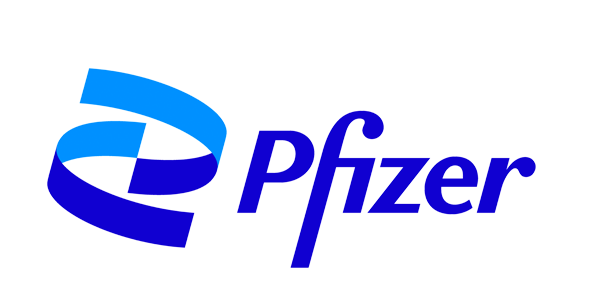Byung-Kun Kim, Eulji University School of Medicine, Seoul, South Korea
Emgality (galcanezumab) was approved in South Korea in September 2019 and remains the only CGRP therapy available. Between December 2019, when it became available, and July 2020, I prescribed galcanezumab to around 200 patients, 55% of whom had chronic migraine, 40% episodic migraine (high frequency 31%, low frequency 9%), and 5% cluster headache.
I check the e-diaries and paper diaries that my patients use to track migraine attacks and have seen much greater improvement than reported in clinical trials, with 78% achieving a 50% or greater reduction in monthly migraine headache days. On the self-report measure of the Patient Global Impression of Change (PGIC) scale, 32% of patients said they were very much improved, 48% were much improved, 15% minimally improved, and 5% reported no change. No patients reported getting worse. Most patients said that their quality of life was much improved compared with oral preventive medication.
No patients have discontinued galcanezumab due to an adverse event. In my clinical practice, CGRP antibody therapy was much better tolerated than in clinical trials. In my experience, patients in clinical trials usually worried about even a minor adverse event such as injection site pain or rash. However, in clinical practice, they usually do not pay attention to trivial adverse events. Their main concern is whether treatment works or not.
If patients do not respond within three months, I do not usually recommend further injections because of the high cost.
To other clinicians in Korea, I would say that CGRP therapy is definitely a game changer. If your patients cannot tolerate oral preventive medication or do not respond to botulinum toxin, CGRP monoclonal antibodies are excellent alternatives and have significantly expanded the options for migraine therapy. More effective and better tolerated treatments may help improve the quality of life of migraineurs.
South Korea has a public healthcare system (National Health Insurance [NHI]) and optional private health insurance. NHI does not cover the cost of galcanezumab and private health insurance companies usually make partial reimbursement. Eli Lilly reimburses the cost of the first vial (about 400 USD) through its patient support programme, but physicians will need to discuss with patients about their private insurance plan for easy access to this expensive new therapy.
I understand that, in some countries, patients have been prescribed CGRP therapy instead of botulinum toxin because of restrictions on patients being able to attend clinics for injections. Korea has generally controlled COVID-19 well. However, some patients, who are reluctant to visit hospitals for fear of contacting the disease, are very happy with the galcanezumab autoinjectors.





 In September 2019, Emgality (galcanezumab) became the first anti-CGRP therapy to be approved for migraine prevention in adults in Korea – a country with a migraine prevalence of 6.1% which is similar to other countries in Asia.1 Clinical trials of Aimovig (erenumab) and Ajovy (fremanezumab) are nearing completion, with approvals expected in 2021. Byung-Kun Kim, Professor of Neurology at Eulji Medical School, Seoul, discusses the role of anti-CGRP therapy in Korea.
In September 2019, Emgality (galcanezumab) became the first anti-CGRP therapy to be approved for migraine prevention in adults in Korea – a country with a migraine prevalence of 6.1% which is similar to other countries in Asia.1 Clinical trials of Aimovig (erenumab) and Ajovy (fremanezumab) are nearing completion, with approvals expected in 2021. Byung-Kun Kim, Professor of Neurology at Eulji Medical School, Seoul, discusses the role of anti-CGRP therapy in Korea.
